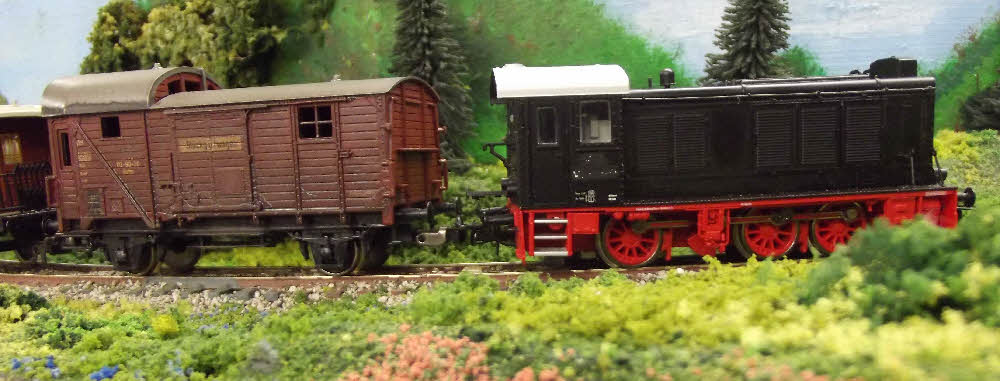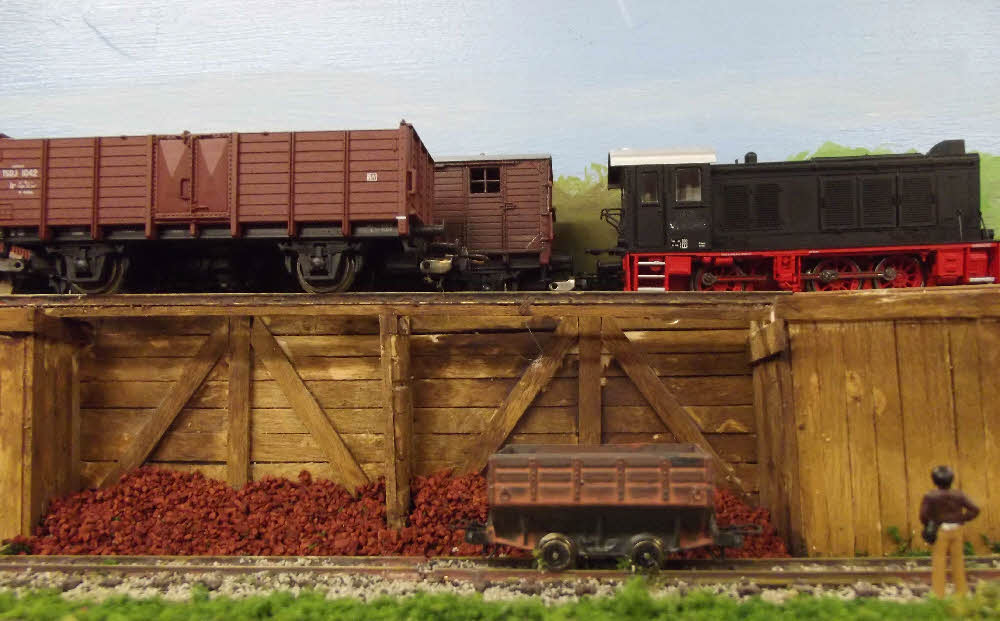
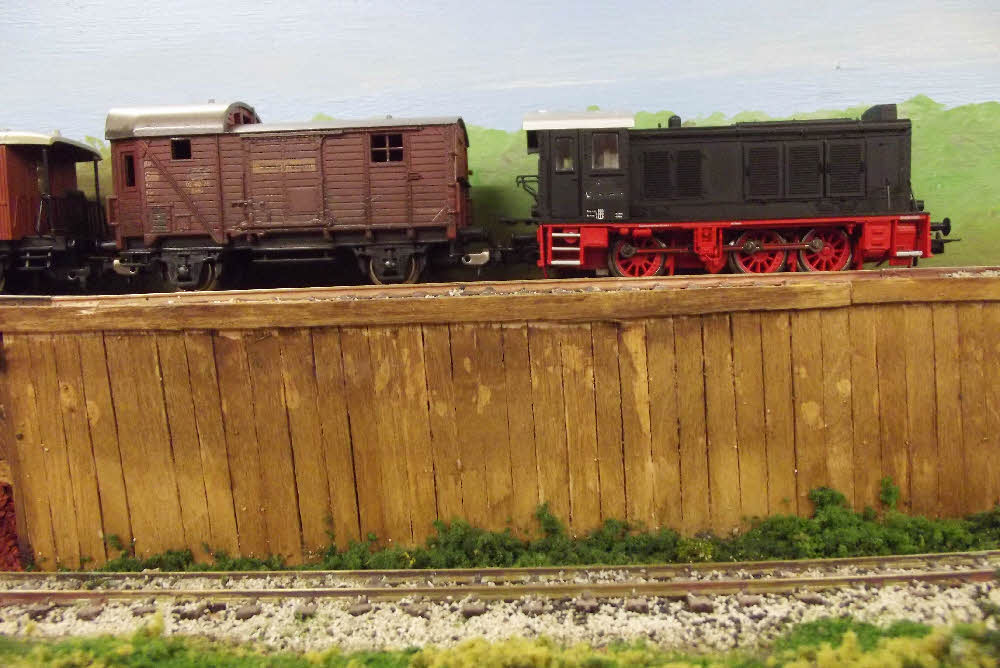
Tegelbruk Ytterväggar
H0, Swedish rural railway, 8 @ 3 feet
Before starting a layout I like to check the route is
practical and research potential traffic. Possibly because my father
came from a pit village and/or lovable eccentricity I’ve always been
keen on coal traffic. For my new Swedish H0 layout this has been a
problem as coal mining has never been a major industry in Sweden being
largely restricted to
Scania in
Sweden’s South West. There mines often extracted clay and
coal
leading to the development of a ceramics industry that has survived the
closure of the last mine in 1994. Coal mining lead to Sweden’s first
railway in 1798 when a horse-drawn and wooden railed line at
Höganäs in
Scania was
built to link a coal mine to the harbour. Web searching came across a
combined coal and clay mine at
Valinge that operated 1872-1979.


Clay delivery for the brickworks
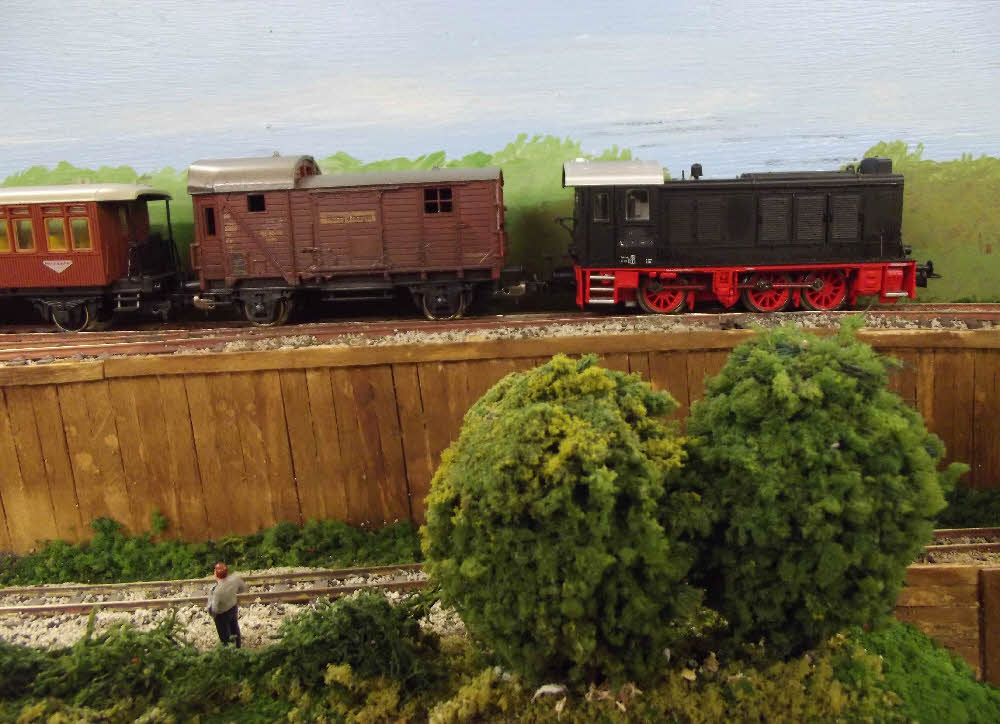
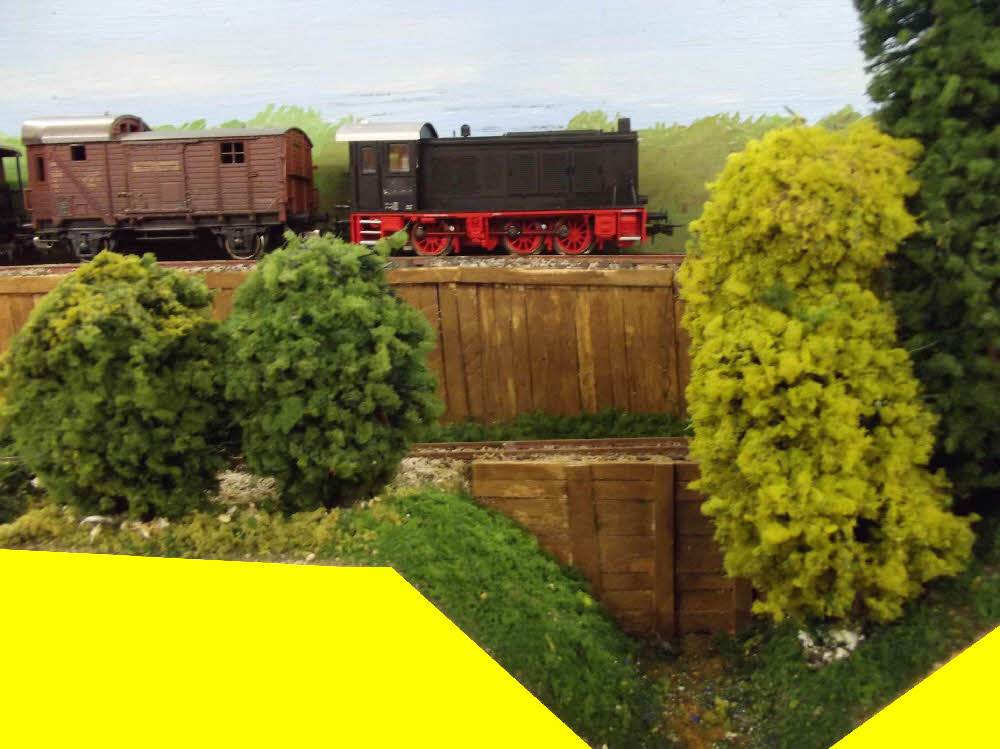
In theory clay is emptied from the standard
gauge wagons, loaded into narrow gauge wagons and tramed to the brickworks.
Tegelbruk Ytterväggar means Brickworks Siding.
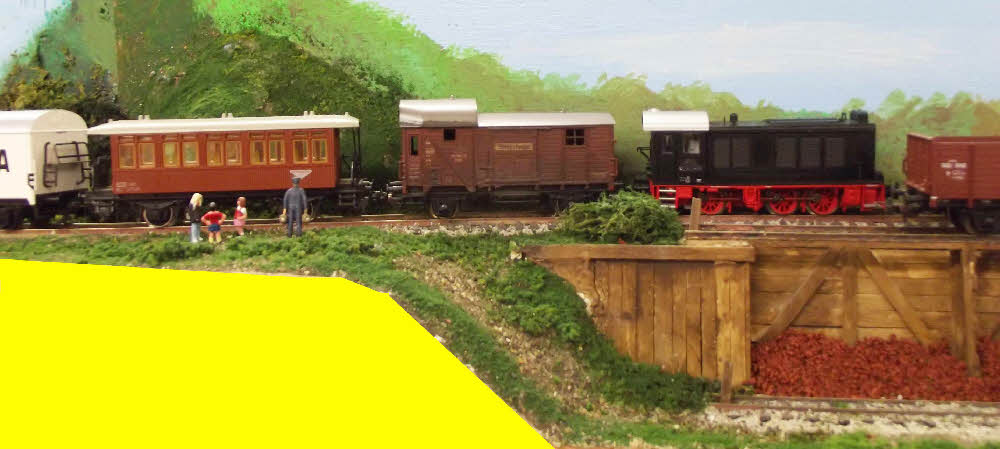
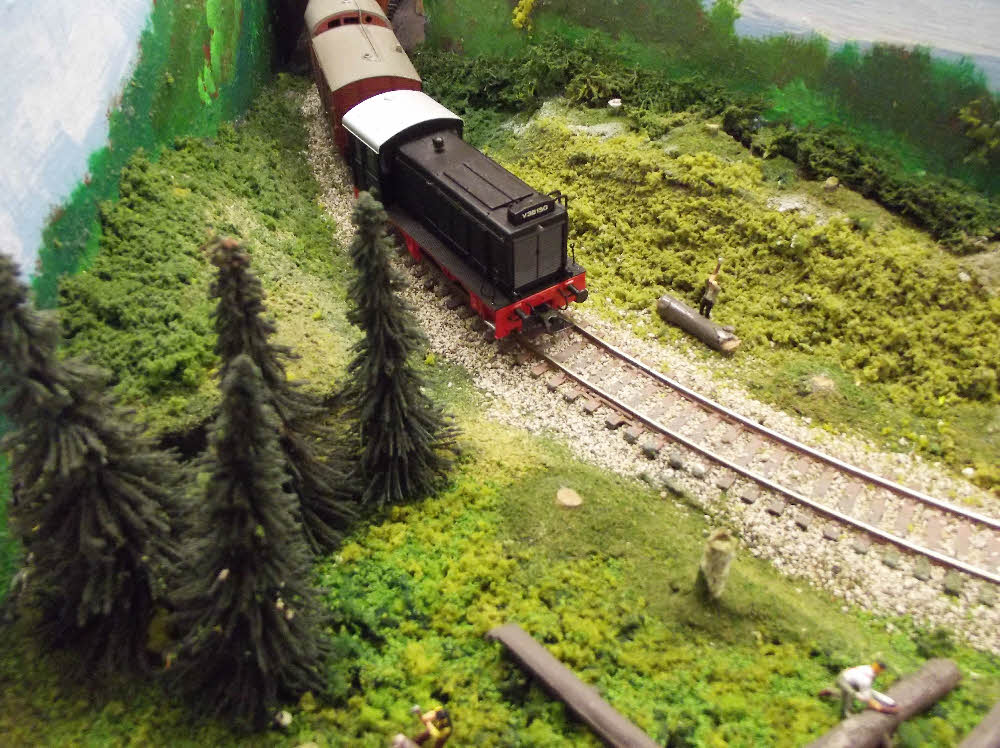
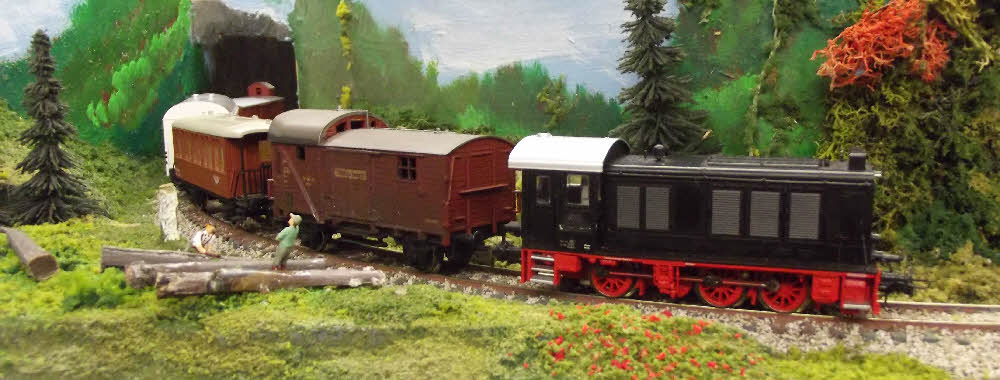
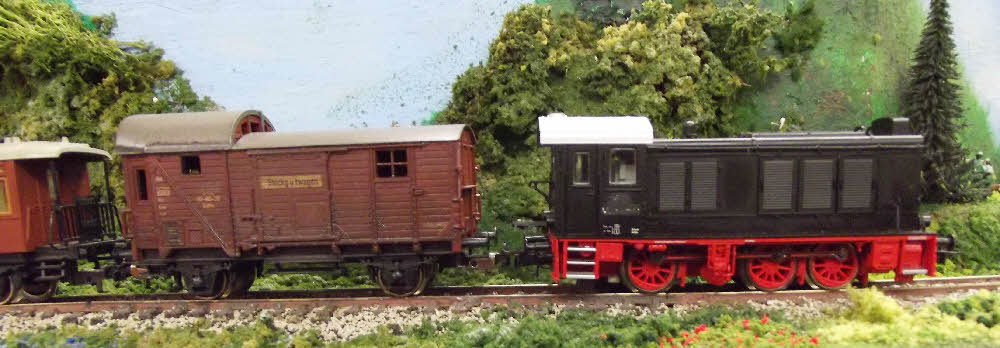
Sweden’s second
railway the Trafikaktiebolaget Grängesberg-Oxelösunds Järnvägar operated a
V36
the Wehrmacht’s [German Armed Forces] standard medium diesel locomotive. Most
British sources down play the
V36
flexibility by comparing it to British Railway’s class 08. However the
V36
was a small mixed traffic loco, its low axle load 14 ton, 360 horse power
engine, top speed approaching 40 miles per hour, and the ability for two
V36s
cab to cab to run in multiple made it ideal loco for post war minor railways and
branch lines.
